



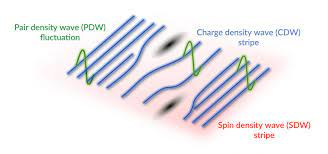

Disclaimer: Copyright infringement not intended.
Context
About Graphene
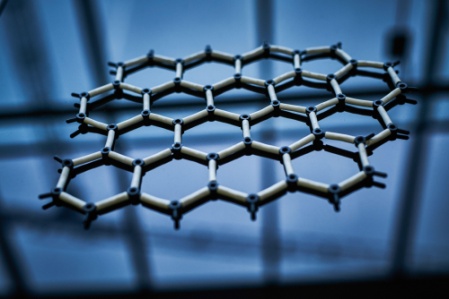
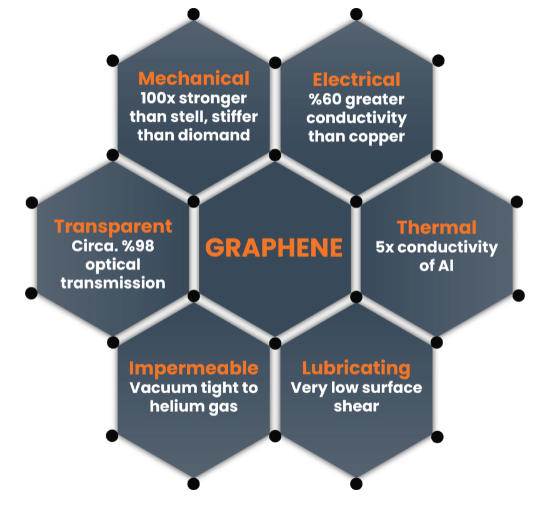
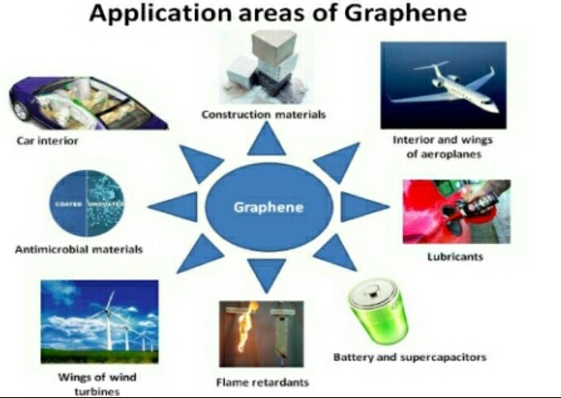
Phases of Graphene
Twisted Bilayer Graphene
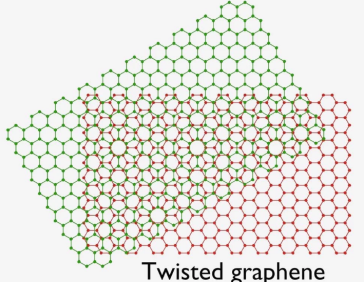
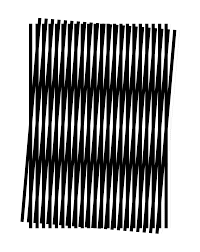
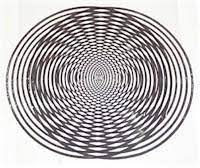
Moire Patterns
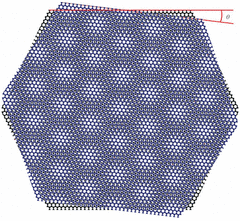
Twisted Bilayer Graphene with Moire Pattern
Recent Study
Characteristics of Charge Density Wave States
|
Charge Density Waves Charge density wave (CDW) is an intriguing physical phenomenon especially found in two-dimensional (2D) layered systems. A charge density wave (CDW) is an ordered quantum fluid of electrons in a linear chain compound or layered crystal. The electrons within a CDW form a standing wave pattern and sometimes collectively carry an electric current. Charge Density Waves form due to the wave-like nature of electrons – a manifestation of quantum mechanical wave-particle duality – causing the electronic charge density to become spatially modulated, i.e., to form periodic "bumps" in charge. CDW is vital for understanding lattice modification, strongly correlated electronic behaviors, and other related physical properties.
|
Application of Charge Density Wave States
|
Elementary Particles Elementary particles are the most fundamental components of matter and cannot be further subdivided into smaller constituents. Elementary particles include quarks (the constituents of protons and neutrons), leptons (electrons, muons, taus, and neutrinos), gauge bosons (photons, gluons, and W and Z bosons) and the Higgs boson. Fermions Fermions include particles in the class of leptons (e.g., electrons, muons), baryons (e.g., neutrons, protons, lambda particles), and nuclei of odd mass number (e.g., tritium, helium-3, uranium-233). A fermion is any particle that has an odd half-integer (like 1/2, 3/2, and so forth) spin. Quarks and leptons, as well as most composite particles, like protons and neutrons, are fermions. Bosons are those particles which have an integer spin (0, 1, 2…). All the force carrier particles are bosons.
Majorana Fermion A Majorana fermion, is a fermion that is its own antiparticle. They were hypothesized by Ettore Majorana in 1937. The term is sometimes used in opposition to a Dirac fermion, which describes fermions that are not their own antiparticles. With the exception of the neutrino, all of the Standard Model fermions are known to behave as Dirac fermions at low energy and none are Majorana fermions. The nature of the neutrinos is not settled—they may turn out to be either Dirac or Majorana fermions. |











© 2025 iasgyan. All right reserved